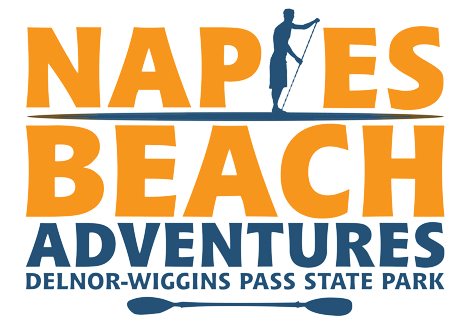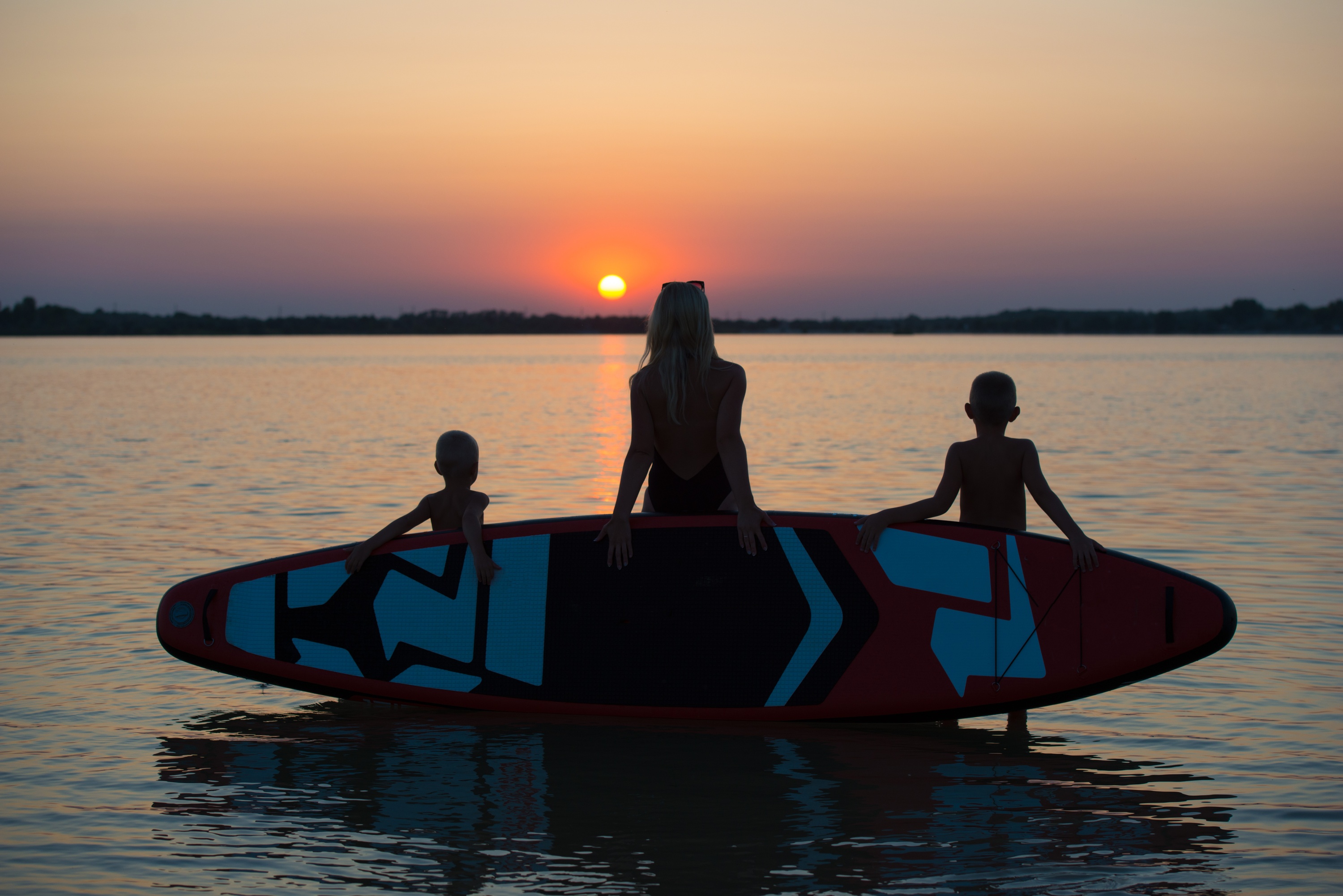A beach vacation with your family will not be as fun and exciting as you thought it would be unless you get something to keep kids entertained. Paddleboarding is one of the water-based activities you cannot miss. If you have considered standup paddleboarding as a hobby, it is about time you introduce this sport to your kids. Although most outdoor water sports are participated by two or more people, paddleboarding can be a solo sport. When you allow your child to participate, so long as they are old enough to paddle on their own, paddleboarding is another activity that children can definitely enjoy with paddleboarding safety tips.
The most interesting thing about paddleboarding is that you can take a young child without spoiling the fun. You just need to follow safety rules and regulations for paddleboarding to be both comfortable and enjoyable. Here are a few paddleboarding safety tips:
1. You need to be an experienced paddleboarder.
Taking a child to paddleboard means that the adult who will assist the child must be competent and experienced. You have to be stable on the board regardless of the conditions. Adding a child is an extra 40 to 50 pounds, which can impact the board’s balance. If you do not have the skills to manage your weight, keeping the balance while a child is on board can be challenging. Before you think about paddling with your child, you need to learn how to paddleboard proficiently so you can prepare yourself for any circumstances that may arise.
2. Select a paddleboard that is buoyant and large enough
Choose paddle boards based on your weight. If you choose a paddleboard that is too light, you will find steering and turning quite difficult. If your paddleboard is too heavy, you will have a problem with the balance. When you are paddling with a child, the paddleboard should accommodate you and your child. If you choose a paddleboard that is designed for one paddler, you might end up having issues with maintaining the balance of the board.
3. Pick a safe place to use the paddleboard
Keep in mind that you are paddleboarding with a child. Choose areas where you can ensure safety like calm beaches, protected bays, and small lakes. If a fall should occur, these protected water conditions will make it easier for you to locate or reach your child. Avoid places where there are waves or currents. You can be posing danger to your kids if you choose to paddleboard in these areas.
4. Make sure your child wears a personal floatation device
Paddleboarding evolved from surfing. This is why paddlers who participate in paddleboarding are comfortable practicing the sport without wearing a personal flotation device (PFD). While this is a personal choice for adults, children are required to wear PFD as this is an additional layer of protection. It is not enough that adults are around to guide them.
Even if a child can swim, emergencies can still happen while paddleboarding. As they say, it is better to be safe than sorry. If the child falls and the board hits him or her on the head, the PFD can save them from drowning. There are many possibilities that can make PFD a lifesaver. You should be prepared for any emergency situation when you are paddling with a child. A PFD can help you avoid making this situation an unfortunate event.
5. Be sure your child knows how to swim
Unlike canoeing or kayaking, there is a risk involved when paddleboarding with your child. Falling into the water is inevitable. Your child should know how to swim before venturing into this type of watersport. There are instances when a PFD can fail if the child was unable to be in an upright position. It is important for the child to be comfortable in the water before you allow them to paddleboard.
6. Bring your child onto the board first
You might find it difficult to seat your children when you are already on the board. Bring your child on the board first or give them time to practice until they get comfortable on the board. You can do it gradually by moving from a seating to a kneeling position. It is important that they are familiar with the proper way of balancing on the board. They should also be seated firmly.
7. Paddle from the kneeling position
Once your child is firmly seated, start climbing on the board from the back and slowly move forward to the area where you will be standing. Start paddling from a kneeling position so you and your child will get comfortable with the board’s balance. Stay calm. It may take some time and experimentation before you get the proper balance point.
You might notice that you are not on your usual standing position. Due to the fact that you are with a child, you can be standing slightly behind where you are usually standing so you can balance your child’s extra weight. It is important to note that every board is different so you still need to experiment on the proper balance. Move to a standing position once you are comfortable. You can maneuver in a slow but steady position depending on what you consider safe and practical.
8. Enjoy!
This is the activity where you should enjoy each moment paddleboarding with your child. It will not be long enough before they start paddleboarding on their own so have fun while you still can with these paddleboarding safety tips.
Naples Beach Adventures
11135 GulfShore Drive
Naples, FL 34108
Parking Lot #4
(239) 596-9842

